Your cart is currently empty!
Category: Raising Chicks
-
All Hatched
The last of the chicks hatched during the night. This morning I moved the mother and her chicks into a nursery. Some chicks don’t move much the first few days. These chicks are ready to explore. They are going to be handful for her to raise.
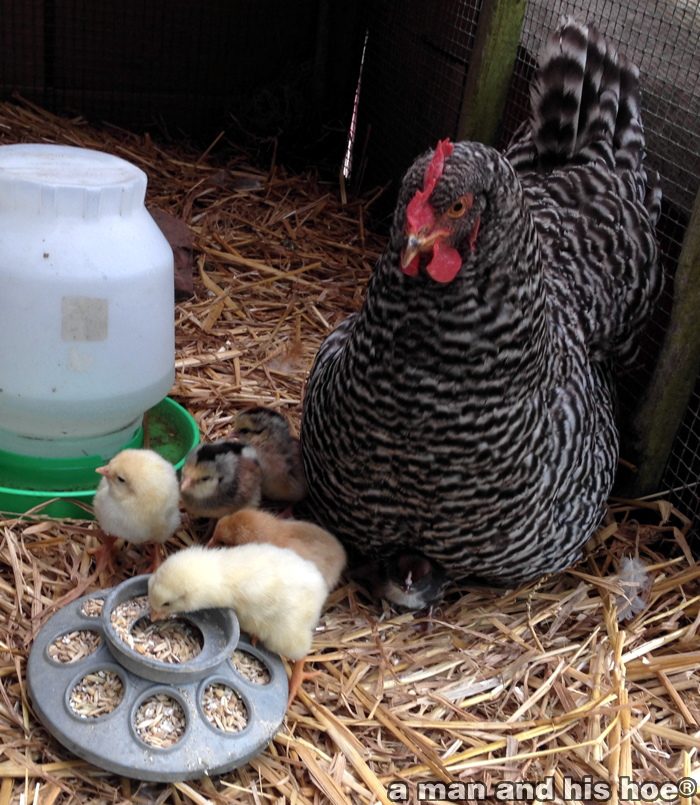
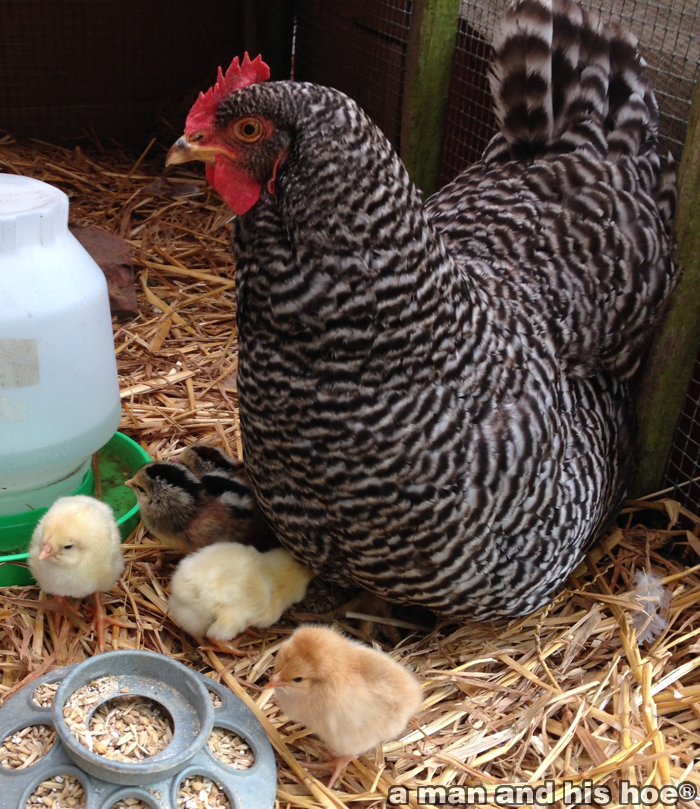
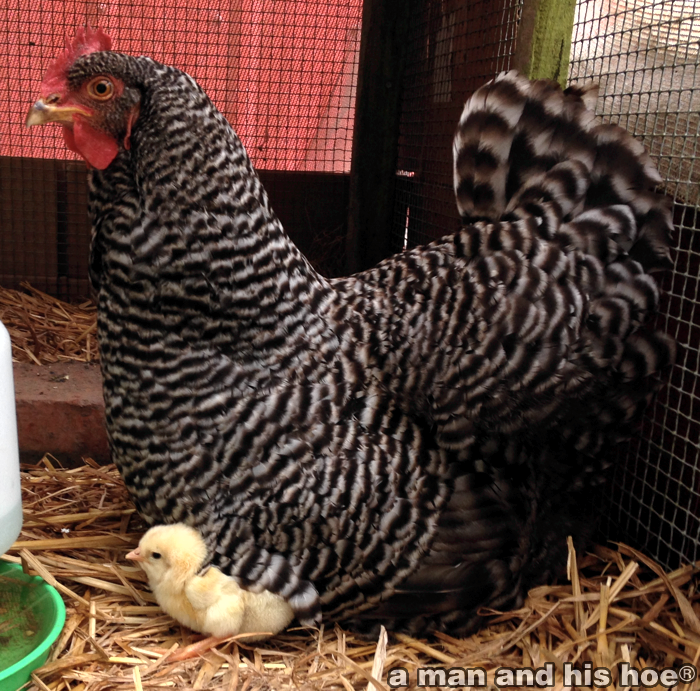
-
3 Days of 24 Hour Love
These happy chicks are three days old today. Ever since they hatched, they have been showered with love and attention 24 hours a day. They are now well bonded with their mother and stay close to her, watching her every move, and mimicking what she does.
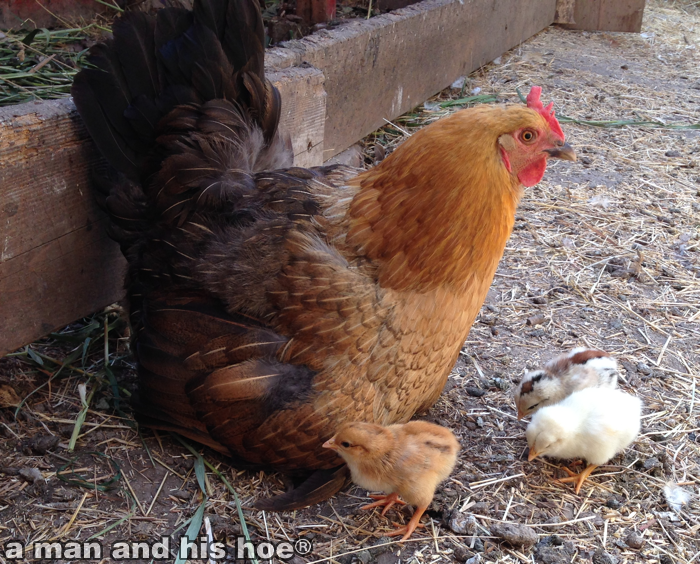


-
A Mother’s Love
These chicks, hatched yesterday, are getting a lesson about drinking from their attentive mother. Little chicks are very curious. They look at everything with wide eyes, but they stay close to their mother.
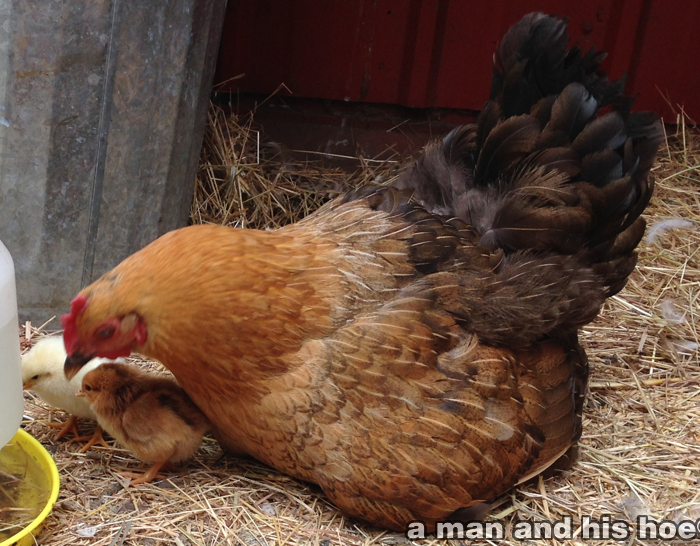
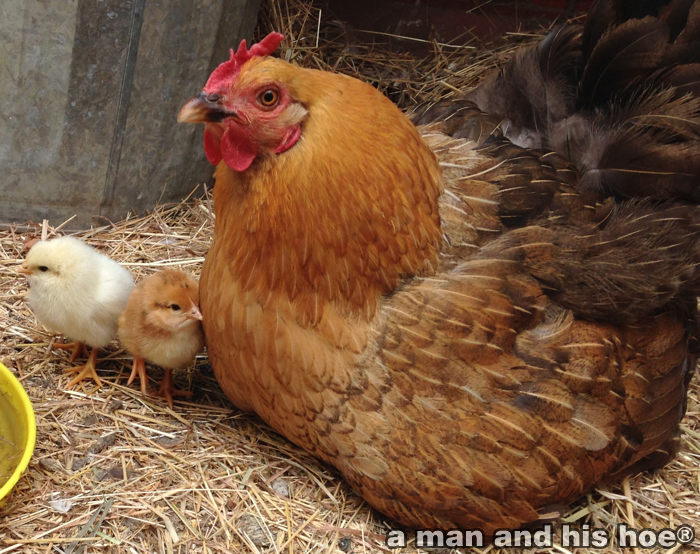
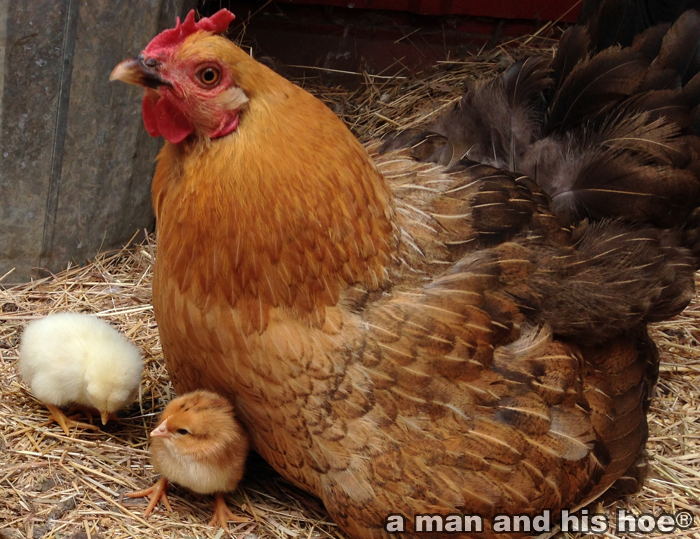
-
New Life
The web is littered with videos showing the horrendous treatment many chickens receive on industrial farms. Here are some pictures of mother hens and their chicks which hatched earlier today. Rest assured, there are a few places where chicks are still hatched by their mothers and grow up knowing the loving care of those mothers.
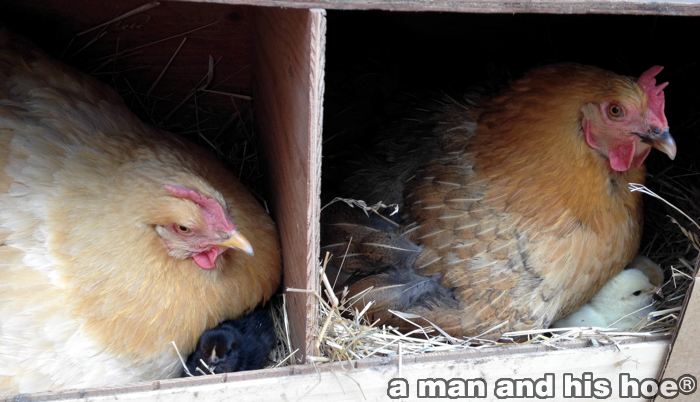
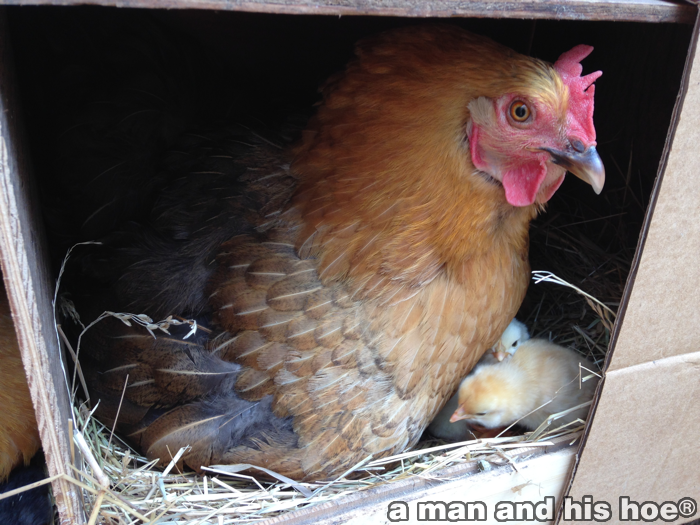
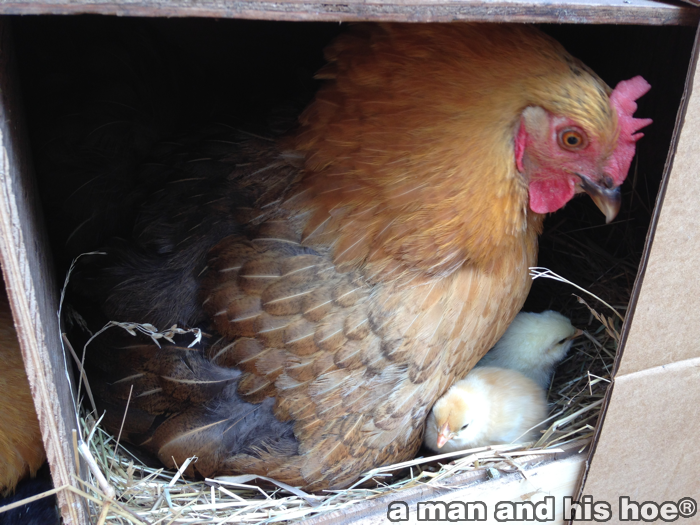
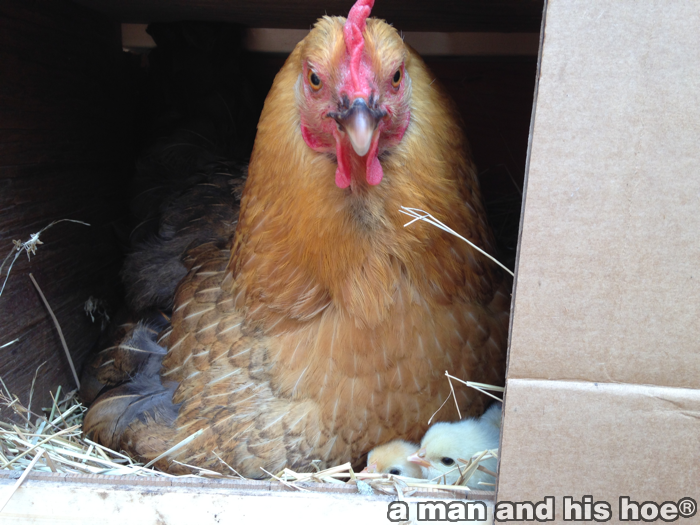

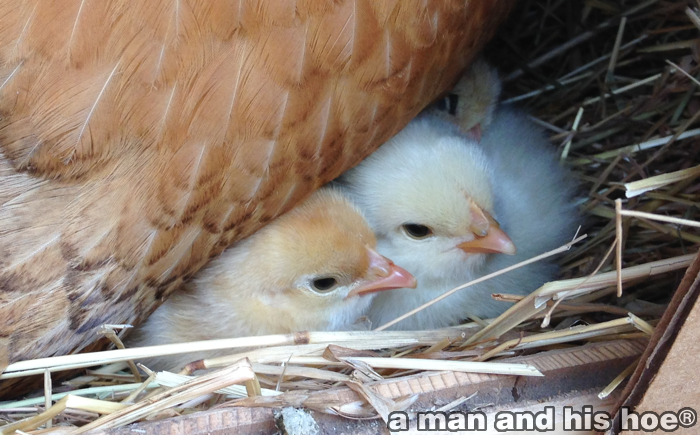
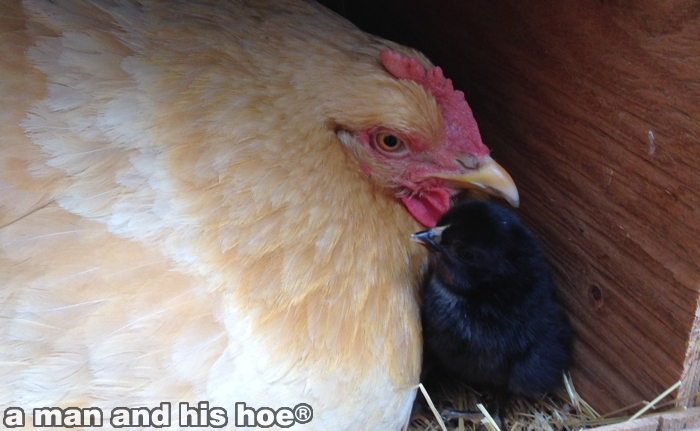
-
Forest Birds
My chickens spend a lot of time in the forest. It’s where there ancestors came from. It’s where the mothers like to take their chicks. Hidden in the brush, they must feel safe from predators. They seem to find lots to eat by scratching through the forest floor.
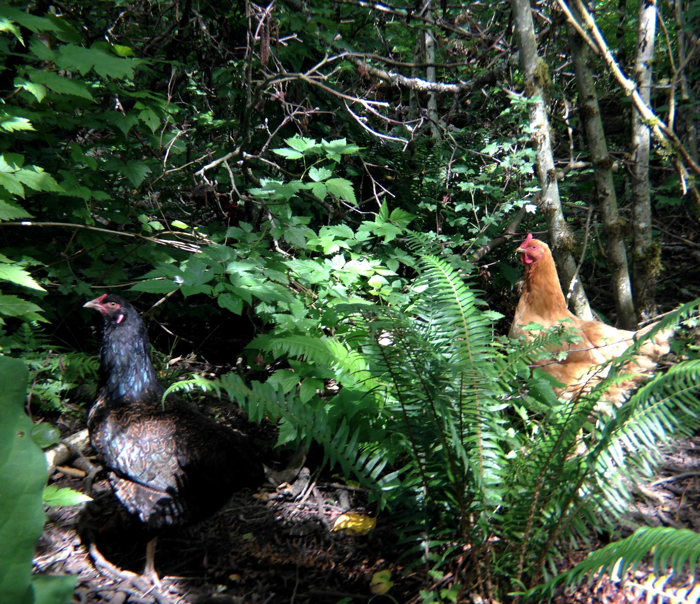

Below are two month old siblings. Once their mother leaves them, chicks hang out with their siblings. These are bonds which will endure for a long time. The wire fence gives the impression that they are caged. The wire fence is the dog kennel which is open most of the time. The chickens are free to come and go through the kennel. They can also fly out of the kennel if it is closed.
How a Mother Hen Protects Her Chicks : May 4
Just Three Days Old and All This Fun : May 1
Teaching Them to Feed : Apil 29
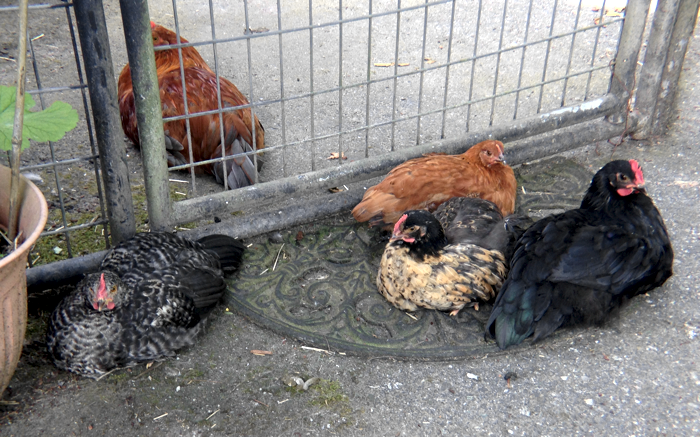

The two mothers jointly raising the two chicks are getting along pretty well. The chicks have bonded with both mothers and go freely between the two.
See also:
Importance of Love
Summer Musings
More on the Interracial Lesbian Moms
Interracial Lesbian Mothers
Two Mother Hens